Calcium in Racing Pigeons
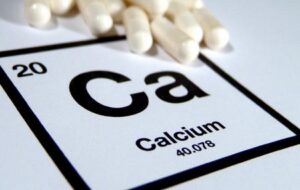 Calcium is the most prevalent mineral in a racing pigeons body and is required in the diet in a greater amount than any other mineral. The chick needs calcium for skeletal mineralization and the egg laying hen has a higher demand for egg formation. From a nutritional viewpoint calcium is the most challenging mineral, because the requirement is extremely variable, depending on the pigeons physiological state, and because many foods are likely to be deficient in calcium. Feral pigeons, for example, have periods of very low calcium consumption and periods where calcium may be 5% to 8% of the diet—and higher in chicks. Calcium is one of the most metabolically active minerals and its metabolism is tightly regulated.
Calcium is the most prevalent mineral in a racing pigeons body and is required in the diet in a greater amount than any other mineral. The chick needs calcium for skeletal mineralization and the egg laying hen has a higher demand for egg formation. From a nutritional viewpoint calcium is the most challenging mineral, because the requirement is extremely variable, depending on the pigeons physiological state, and because many foods are likely to be deficient in calcium. Feral pigeons, for example, have periods of very low calcium consumption and periods where calcium may be 5% to 8% of the diet—and higher in chicks. Calcium is one of the most metabolically active minerals and its metabolism is tightly regulated.
Absorption: Dietary calcium is absorbed from the duodenum and the jejunum (beginning of the small intestines). The efficiency of absorption is controlled by the levels of the parathyroid hormone vitamin D3. When dietary levels of calcium are low, most calcium is absorbed by active transport. Without getting into the how active transport works, a low-calcium diet requires D3, but calcium rich diet uses diffusion-based pathways that are Vitamin D-independent.
Calcium is absorbed in the ionic form (it has a positive charge) and inorganic forms such as calcium carbonate, limestone, oyster shell and phosphates are readily solubilized in the acidic environment of the gizzard and the stomach. Liquid forms are more soluble and thus more readily absorbed as are powdered solid forms (hawks and falcons need an especially acidic stomach environment to make the calcium in large bones bio-available and pigeons need time with large grit in the gizzard). Free fatty acids may form insoluble soaps with calcium, inhibiting its absorption. Phytic acid exists in some plants and seeds and these compounds can complex calcium and also complex calcium from other foods consumed at the time and renders them poorly digestible (1 mol of phytic acid can complex up to 6 mol of calcium to form insoluble phytates).
Metabolism: Calcium constitutes more than a third of the total mineral content of an adult pigeon. The skeleton contains about 98% of a birds calcium, most of which is in the form of a chemical called hydroxyapatite. Bones not only serve a structural role but provide a pool of calcium, phosphate and other compounds. Though the hydroxyapatite form provides structural rigidity in bones it is also readily solubilized to provide minerals elsewhere in the body. Contrary to popular belief, the proportion of the body weight that is the skeleton is similar in birds and mammals. The required lightness of birds is achieved through design solutions not a loss in bone mass (teeth are not needed if you have a crop and a gizzard; a keel replaces a full rib cage, etc.). Across avian species, the proportion of body weight that is comprised of bone increases with size.
In the hen, 25% of the calcium in the blood is free ionic Ca (+2), and the balance is bound to proteins (albumin), or complexed with citrate, phosphate, or sulfate. The low levels of calcium in the plasma of non laying birds are precisely regulated, because of their important role in intracellular communication, macro molecular interactions and blood clotting. This regulation is accomplished by the Vitamin D endocrine system.
Information on skeletal development and egg development (Medullary bone; shell gland; embryo metabolism) may be forthcoming if there is an interest.
Calcium in Racing Pigeons Part 2
Calcium Requirements: The maintenance levels for birds are not precisely known, but granivores such as pigeons usually are not deficient since phosphorous levels of seeds are also low (not to mention supplementation). Note: high calcium increases the need for phosphorous, iron and manganese.
Calcium requirements for growth are very high—turkey poults require 12% dietary calcium for the first six months and the maintenance requirement at six months drops to 0.55%. Altricial birds, like pigeons (born blind, naked and helpless), have skeletal growth rate considerably higher than other kinds of birds (precocial) but the experimental work has not yet been done to establish the precise requirement, but racing pigeons must eat more than seeds to meet the demands for growth. Supplementation in feral pigeons is done with mollusk shells (documented 35 kinds of mollusks consumed by feral pigeons), egg shells, bone fragments, dirt—always see them pecking selectively at dirt.
Egg Laying: Small birds have a higher calcium demand than large birds—perhaps pigeons are somewhere in the middle of this reckoning. I don’t know precise pigeon requirements, but continuous daily egg production in poultry, ducks, quail and pheasants requires between 2.25% to 3.25% calcium in grain based diets. An altricial bird like a pigeon will be less (Budgies can lay large clutches with normal shells with as little as 0.8% calcium in the diet). There is no physiological need to have hens sit on fake eggs—there is no calcium deficiency concern with a continuous egg laying pigeon hen with decent nutrition. Growth of the chicks is another matter (see above).
Deficiency: A calcium deficiency may occur due to low calcium or to excess dietary phosphorous (Calcium to phosphorous ratio is OK between 1.4:1 and 4:1). Insufficient Vitamin D3 may cause a secondary calcium deficiency by impairing calcium absorption and bone formation. Increasing the calcium in a secondary deficiency does not solve the problem but supplementing D3 will (drop of cod liver oil rubbed into the seed, flax seed, etc.).
Deficiency will lead to bone mobilization, malformed bones, weakened, porous bones, skeletal abnormalities in chicks, an osteoporosis-like condition in laying hens, decreased egg shell thickness, fewer eggs,
Toxicity: When dietary levels of calcium are in excess, absorption is minimal and the excess is excreted in the feces. Prolonged dietary excesses can lead to hypercalcemia, rickets, gout and nephrosis (kidney problems).
Secondary problems occur with excessive calcium when the digestibility of other nutrients is compromised including phosphorus, magnesium, manganese, and zinc.
The Leading Online Pigeon Racing and Racing Pigeons Magazine – The Pigeon Insider

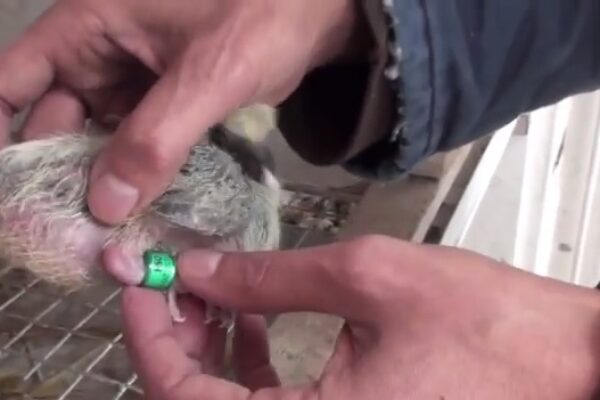
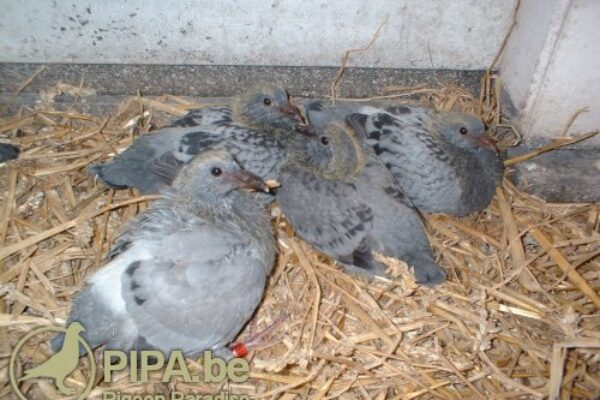
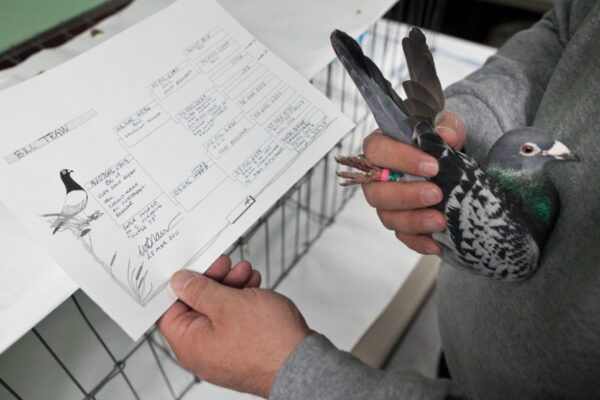
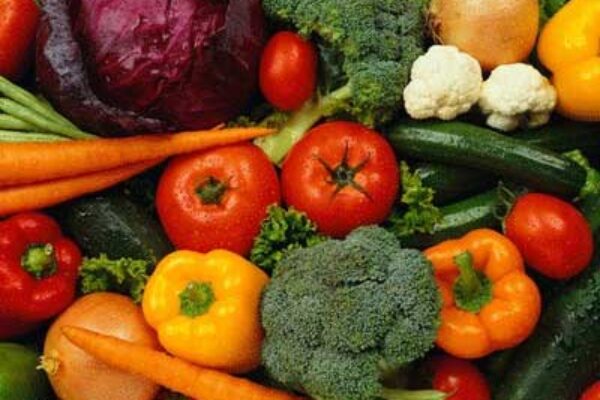



Nice articale
Could a shortage of calcium be the problem when only one egg hatches?
Nice article would like some follow up articles on egg development etc.
very nice article,,how about the oyster shell, its known for the natural content of calcium,,is it okay if i gave it into my pigeon everyday? and even in the racing season?thanks pigeon insider!..
Very informative article. Explains the need of calcium to the fullest for our pigeons.